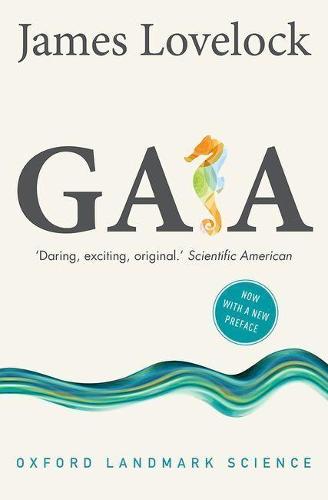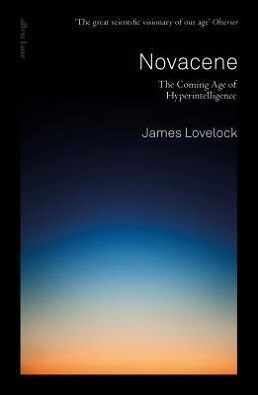I found Lovelock’s assurances in Gaia to be somewhat comforting.

Life on Earth is incredibly resilient. Oh, yes, we might kill off all of the large plants and animals, but most biomass on Earth was microbial, and nothing that we would do would rival the "Oxygen Catastrophe" (AKA the "Great Oxidation Event”) when microbial life thoroughly poisoned their own atmosphere, but life survived! Even the anaerobic bacteria survived!
However in Novacene, he reassesses that evaluation.

He points out that the Sun is now hotter than it was a few billion years ago. As a result, our planet no longer resides within the Sun’s “Habitable zone” or “Goldilocks zone” where life might be expected to emerge.
It is the ecosystem (“Gaia” if you will) which has moderated the planet’s temperature in the meantime, keeping the planet cool enough for life to continue. If we damage the ecosystem badly enough, the heating which follows may prevent reemergence of life. He compared it to an old woman whose immune system was once able to easily recover from diseases, but now might be killed by a bad cold.
A “runaway greenhouse effect” similar to what we observe on Venus is a viable threat. Since the publication of Novacene, research supports his conclusions.
https://www.unige.ch/medias/en/2023/climat-des-exoplanetes-dhabitable-infernale-un-rien-suffit
Exoplanets’climate – it takes nothing to switch from habitable to hell
A team from UNIGE, NCCR PlanetS and CNRS has managed to simulate the entire runaway greenhouse effect, which can make a planet completely unhabitable.
The Earth is a wonderful blue and green dot covered with oceans and life, while Venus is a yellowish sterile sphere that is not only inhospitable but also sterile. However, the difference between the two bears to only a few degrees in temperature. A team of astronomers from the University of Geneva (UNIGE) and members of the National Centre of Competence in Research (NCCR) PlanetS, with the support of the CNRS laboratories of Paris and Bordeaux, has achieved a world’s first by managing to simulate the entirety of the runaway greenhouse process which can transform the climate of a planet from idyllic and perfect for life, to a place more than harsh and hostile. The scientists have also demonstrated that from initial stages of the process, the atmospheric structure and cloud coverage undergo significant changes, leading to an almost-unstoppable and very complicated to reverse runaway greenhouse effect. On Earth, a global average temperature rise of just a few tens of degrees, subsequent to a slight rise of the Sun’s luminosity, would be sufficient to initiate this phenomenon and to make our planet inhabitable. These results are published in Astronomy & Astrophysics.
The idea of a runaway of the greenhouse effect is not new. In this scenario, a planet can evolve from a temperate state like on Earth to a true hell, with surface temperatures above 1000°C. The cause? Water vapor, a natural greenhouse gas. Water vapor prevents the solar irradiation absorbed by Earth to be reemitted towards the void of space, as thermal radiation. It traps heat a bit like a rescue blanket. A dash of greenhouse effect is useful – without it, Earth would have an average temperature below the freezing point of water, looking like a ball covered with ice and hostile to life.
On the opposite, too much greenhouse effect increases the evaporation of oceans, and thus the amount of water vapor in the atmosphere. “There is a critical threshold for this amount of water vapor, beyond which the planet cannot cool down anymore. From there, everything gets carried away until the oceans end up getting fully evaporated and the temperature reaches several hundred degrees,” explains Guillaume Chaverot, former postdoctoral scholar in the Department of Astronomy at the UNIGE Faculty of Science and main author of the study.
…
 = new reply since forum marked as read
= new reply since forum marked as read

